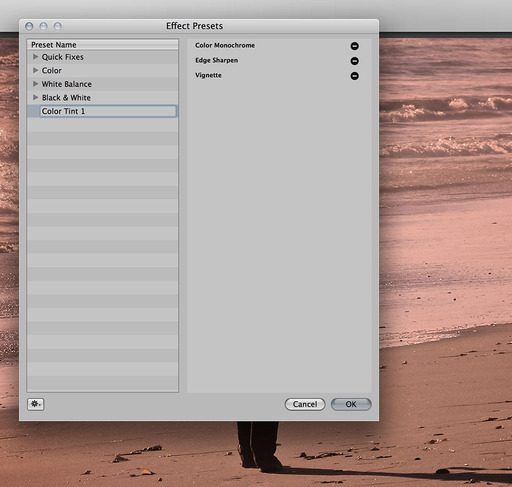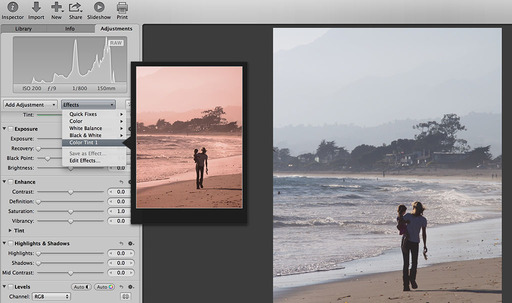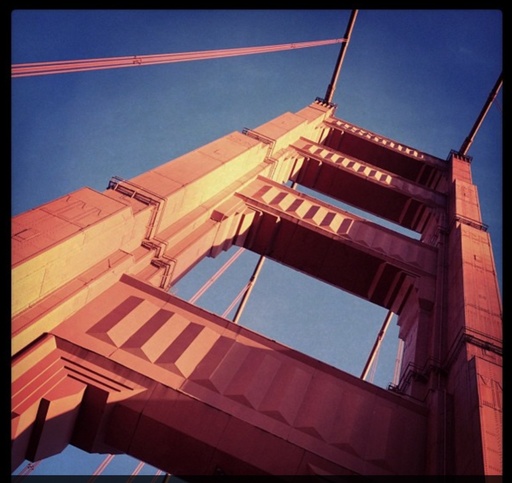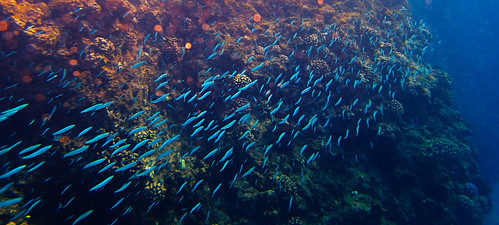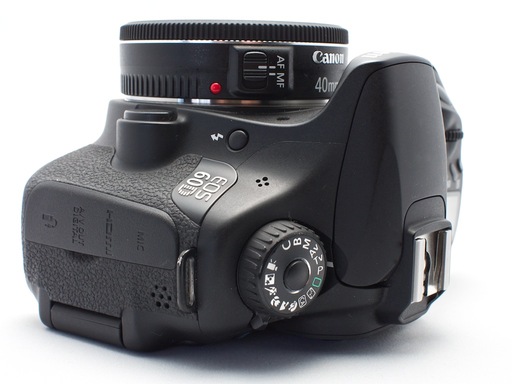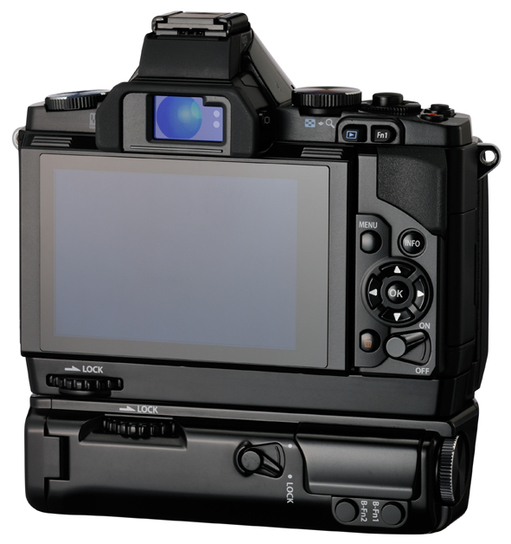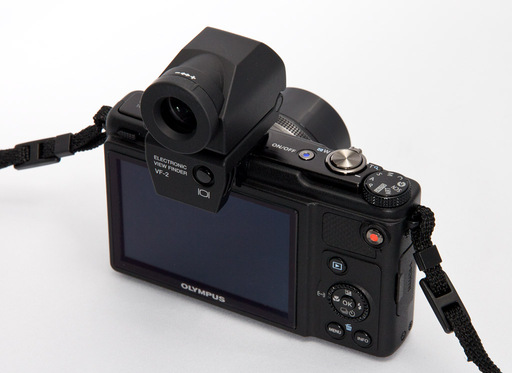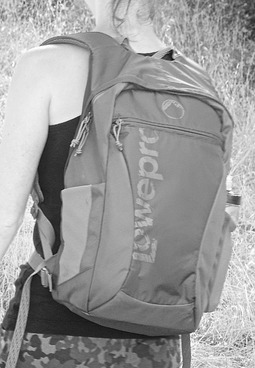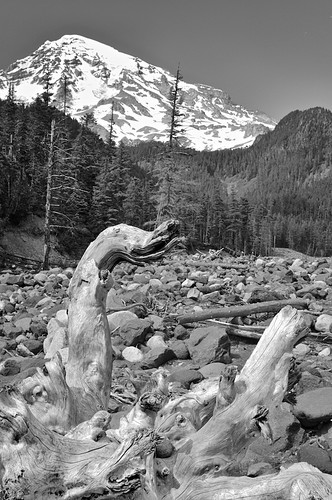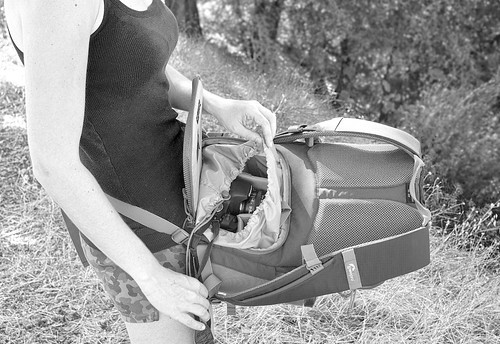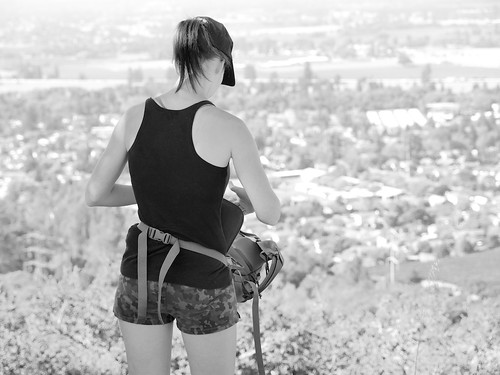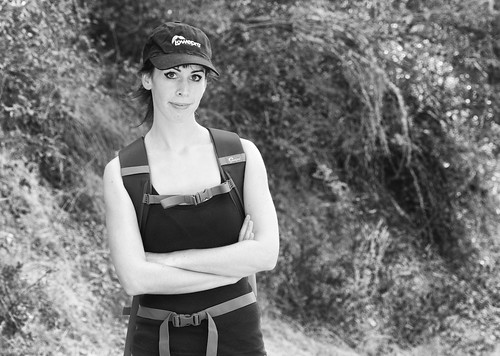I get a kick out of creating landscape panoramas. When trying to photograph a beautiful vista, panoramas come closer to what I'm actually feeling while standing there.
Many cameras these days will handle the alignment and stitching for you. Some do better than others. I recently tested the Olympus TG-1 compact "tough" camera in Maui. While doing so, I tried its auto panorama scene mode. Here are the results.
The camera performed well when I did this three-frame pano of the Maui rainforest. There are most likely flaws in the shot. But the forest hides them pretty well. This one I could show to friends.
Things got worse, however, when I tried to shoot ocean scenes with big skies. In this shot, the alignment is off, and you can see the seams in the sky where the 3 frames are adjoined.
But wait! Things can get worse. In this attempt just about everything that could go wrong, did.
Moral of the story. Handheld panoramas captured in auto stitching mode are a total crap shoot. Technology can make up for some of my laziness. But sometimes I just have to break out the tripod and shoot things the old fashioned way.
I have to admit though, these were fun to make.
You can find more photo tips and "photography how tos" on my Pinterest page.




